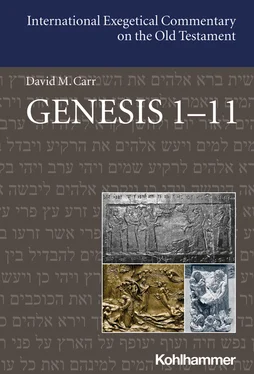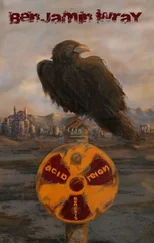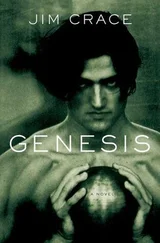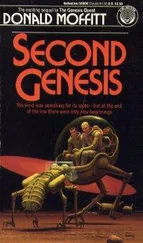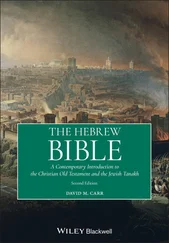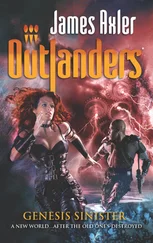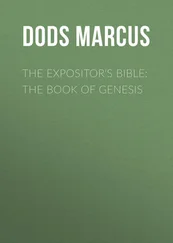The day concludes with now familiar elements of divine approval (1:12b) and the passing of day three (1:13). The naming element is absent by now because we have now moved to God’s enhancement of structural elements of creation (heaven, earth, sea) with additional elements of plant life, stars, etc.
Gen 1:14–19. The creation and placement of astral bodies in the heavenly plateGod’s speech about the creation of the sun, moon and stars in 1:14–15a is the most extensive, by far, of God’s creation speeches to this point. The main reason seems to be the elaboration of the purpose of these heavenly bodies, initially stated by God to be “to distinguish between day and night” (1:14aβ), “for signs, for festivals, for days and for years” (1:14b), and “serve as lights in the heavenly plate to illuminate the earth” (1:15a). This focus on the purpose of heavenly bodies is resumed twice more in the following, both when God makes them (1:16bαβ) and then when God sets them in the heavenly plate (1:17b–18). Some have seen a conflict between these statements, but Steck argues persuasively that—in addition to a more obvious parallel between the distinguishing function of the heavenly bodies (14aβ and 18aβγ) and their illumination functions under the heavenly plate (15a and 17b)—there is some parallel between the list “for signs, for festivals, for days and for years” (14b) and the otherwise unparalleled element specifying the function of God’s creation of the two larger bodies “the large light [sun] to rule over the day and the small light [moon] to rule over the night” (16bαβ). 71
| God’s creation speech 1:14–15 |
God’s making 1:16(purposes of sun, moon; stars nothing) 72 |
God’s setting in plate 1:17–18 |
| to distinguish day and night |
[see below] |
to distinguish light and darkness |
| for signs—appointed times, days and years |
large light to rule daysmall light to rule night |
to rule over day and night |
| as lights inside the plate to illuminate the earth |
|
to shine on the earth |
The rather elaborate statements of purpose of heavenly bodies across 1:14b–18a coordinate the creation of these heavenly bodies with the creation of light in 1:3–4. Genesis 1:3b–4a has already asserted that God himself distinguished light and darkness through creating light, thus preparing for God’s naming of “day” and “night.” Therefore, the day-distinction function is not mentioned in the report of God’s creation of the heavenly lights in 1:16. Nevertheless, this function reappears and is highly focalized when God sets them in the heavenly plate (1:17a, 18aβ), implying that the light of the bodies set in the heavenly plate was necessary to mark days on earth after that plate had blocked the light created at the outset of creation. By this point any focus on “for signs, for festivals, … and for years” (1:14) or even on “stars” (cf. 1:16bγ) has fallen to the side. Instead, the focus in Gen 1:16–18 is exclusively on the day/night distinction introduced on day one, indeed a distinction doubly emphasized in God’s placement of them in the plate (1:17–18a) where they are to “rule” the “day” and “night” named on day one (1:5) and “distinguish” the “light” and “darkness” that were “distinguished” on day one (1:4b). In this way, Gen 1 continues the implicit Sabbath-oriented, day-oriented focus started in Gen 1:3–5, now with the heavenly bodies (1:16, 18) taking over God’s original role in distinguishing light/day and darkness/night (1:4b–5a).
This report of God’s creation of heavenly lights includes some anomalous elements that should be noted. In other parts of the Gen 1 creation account abstract descriptions of creation elements—e.g., the “plate” created in 1:7—receive their conventional names before the close of the creation day. Not so for the two biggest “lights” created and placed in the heavenly plate here, which retain their rather strange designations, “the big light” (המאור הגדול) and “the small light” (המאור הקטן), rather than the Hebrew words שמש (“sun”) and ירח (“moon”). One might argue that this is because they do not constitute the sort of basic creation building blocks that are given names in the initial acts of creation of Gen 1. Nevertheless, Gen 1, like other Near Eastern creation accounts, classifies sun and moon in broader categories as “big” and “little” lights, as part of a broader Near Eastern scholarly systematization of heavenly bodies and other aspects of creation. 73It is a counterpart in Gen 1:14–18 of the various “kinds” of life mentioned in Gen 1:11–12, 21, 24–25.
In addition, the text mentions the purpose of these heavenly bodies to “rule,” both the role of the sun to rule the day and moon to rule the night when they are created (1:16) and the role of all these heavenly bodies to “rule” day and night when they are installed in the heavenly plate (1:18aα). The Hebrew word ממשלה used in both loci comes from a root, משל, that is used specifically for the exercise of power of a sentient being over another, used elsewhere specifically for the authoritative direction exercised by God over creation (e.g., Ps 22:29; 59:14), a king over a people (e.g., 1 Kgs 5:1), a husband over his wife (Gen 3:16), and even person over self (Prov 16:32). What is odd here is that Gen 1:14–18, especially with the absence of even the mention of conventional names of the heavenly bodies, gives no sense whatsoever that these bodies have a personality that could exercise such “rule” in any way. Indeed, its concept of astral bodies as affixed into the heavenly vault (Gen 1:17) somewhat militates against a concept—seen in some Greek and Near Eastern loci—of stars and planets as independent, acting beings. 74Nevertheless, it appears that this otherwise unexplained “rule” (ממשלה) by non-personified heavenly bodies in 1:14–18 anticipates the (differently worded) “rule” (רדה) to which humans will be destined in 1:26, 28.
Gen 1:20–23. The creation of sea and air creaturesWith the fifth day, God begins to populate more nearby regions of the cosmos with living creatures, both the living beings in the seas and the birds in the sky. Where God once commanded the earth to “sprout forth sprouting plants” (תדשא דשא), now God commands that the sea “bring forth a swarm of living beings” (ישרצו שרץ נפש חיה) and “birds to fly about above the earth under the heavenly plate” (עוף יעופף על־הארץ על־פני־השמים). Again the text matches verbs with subjects from the same roots (עוף יעופף ,ישרץ שרץ; the figura etymologica ) to create a picture of a swarming, whirring multitude of swimming and flying creatures, all inhabiting realms—sea and air—relatively distant from the earth habitat that is shared by animals and humans.
When the text turns to the initial execution of God’s creative will, it begins with a verb reserved for divine creation, ברא, that has not been seen since the first verse’s description of “when God created heaven and earth” and will not appear again until God creates the humans (1:27). In this case, God “creates” (ברא) the great “sea monsters” (תנינם), not specifically mentioned in God’s initial speech (1:20) before also listing the water and air creatures featured in God’s speech, albeit with slightly different terminology. Interestingly, these sea monsters appear to be one of a kind, since the other sea creatures and birds are created in different self-replicating species (“according their kinds” 1:21), much like the plants seen in 1:11–12. 75
Читать дальше
